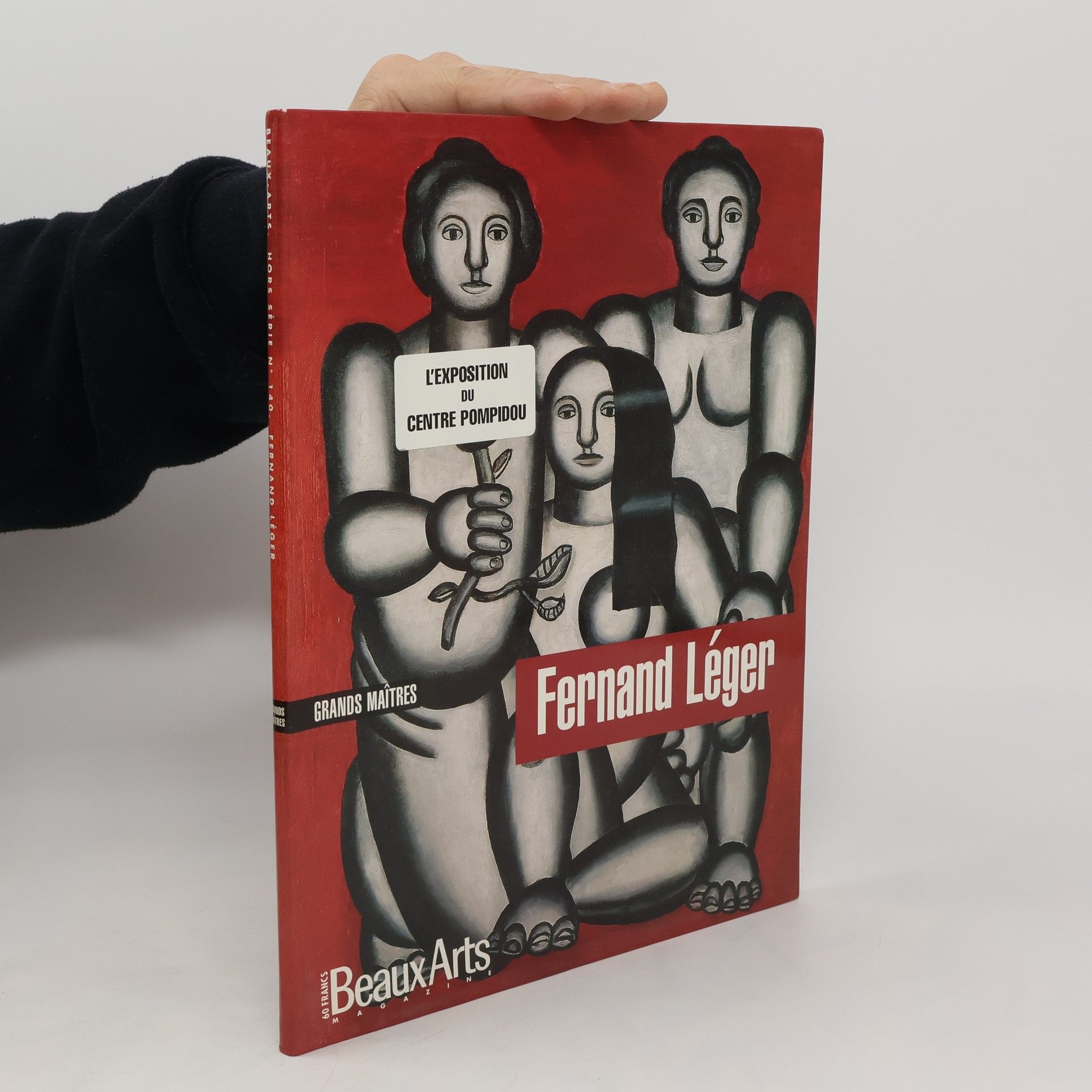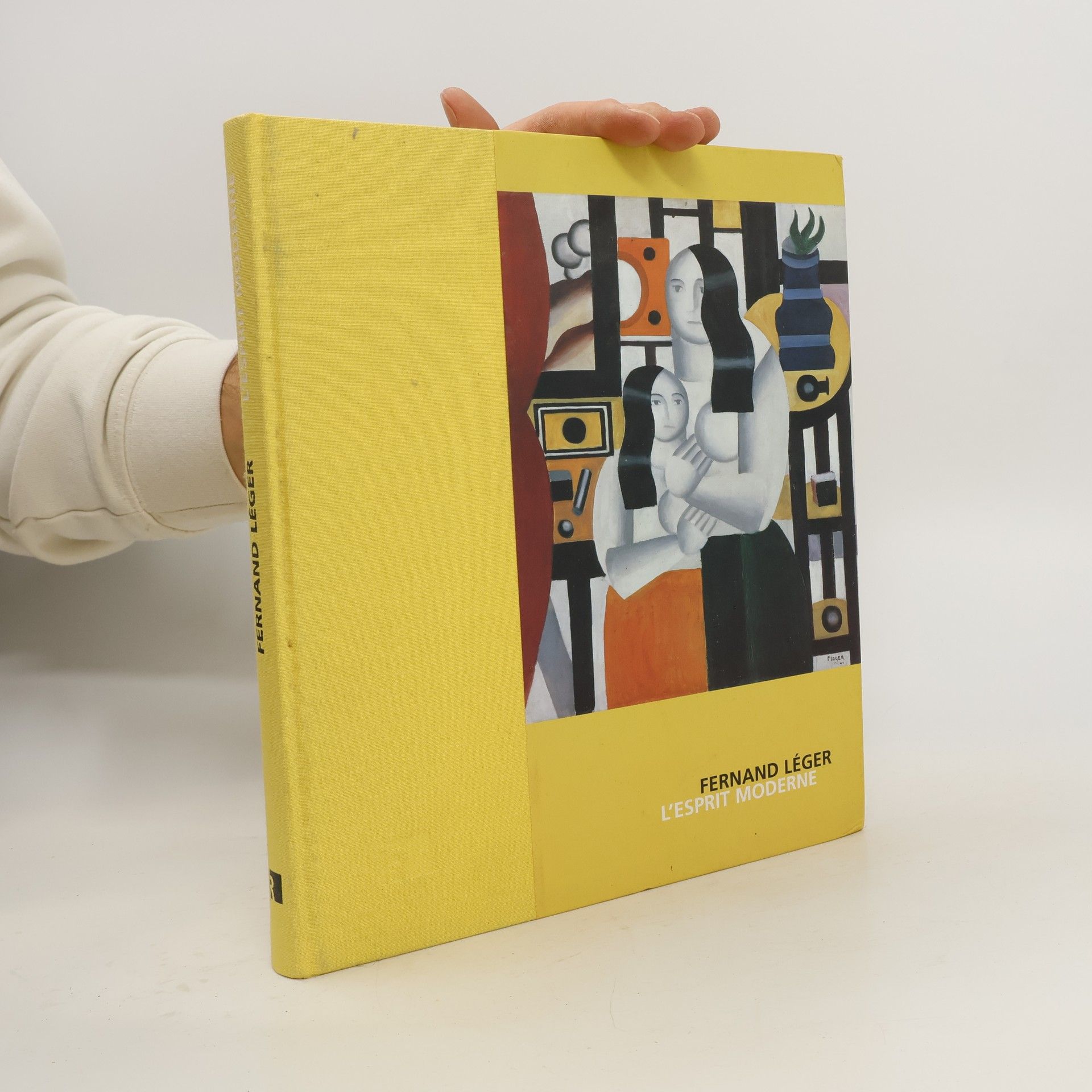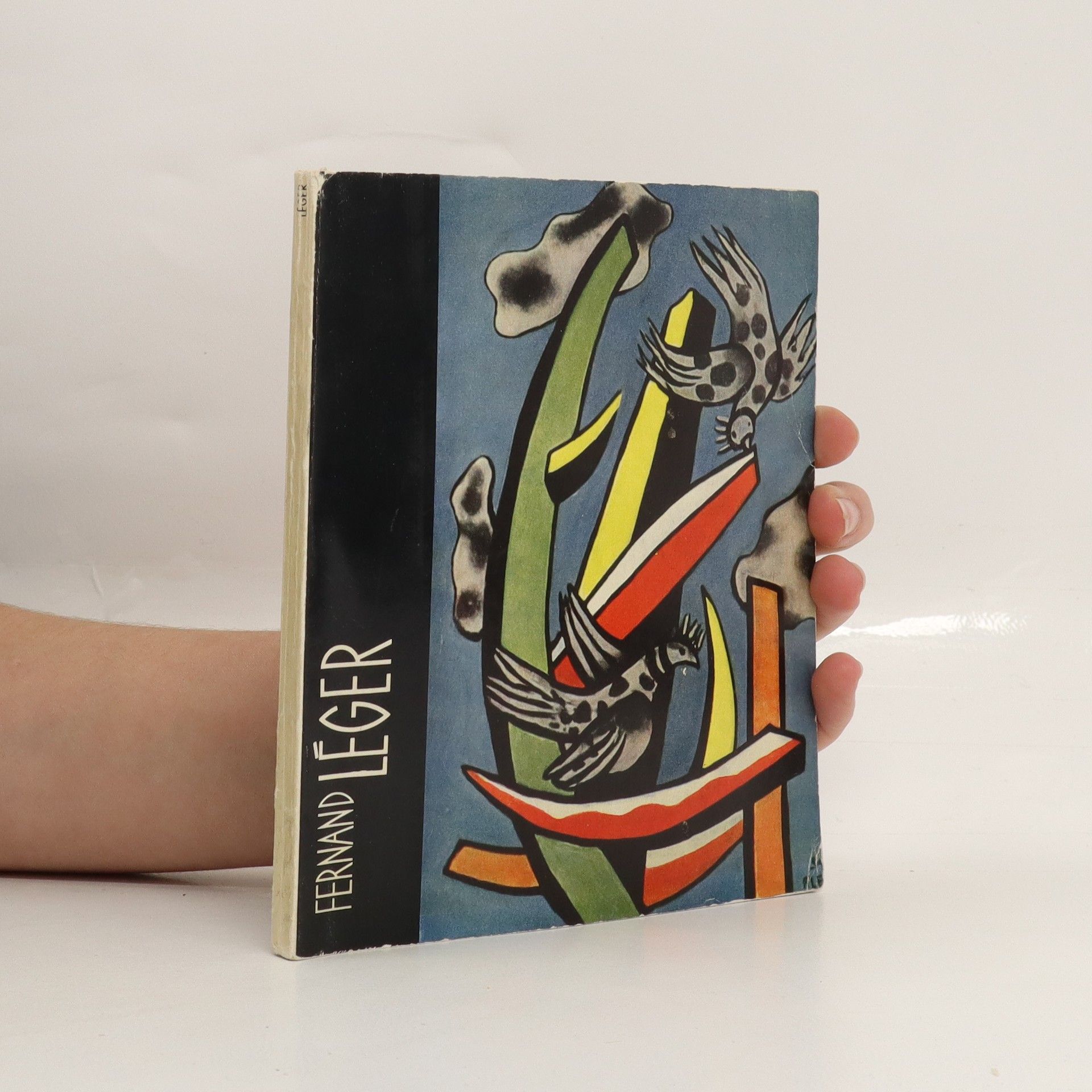Fernand Léger Bücher
- Lezhe, Fernan
4. Februar 1881 – 17. August 1955


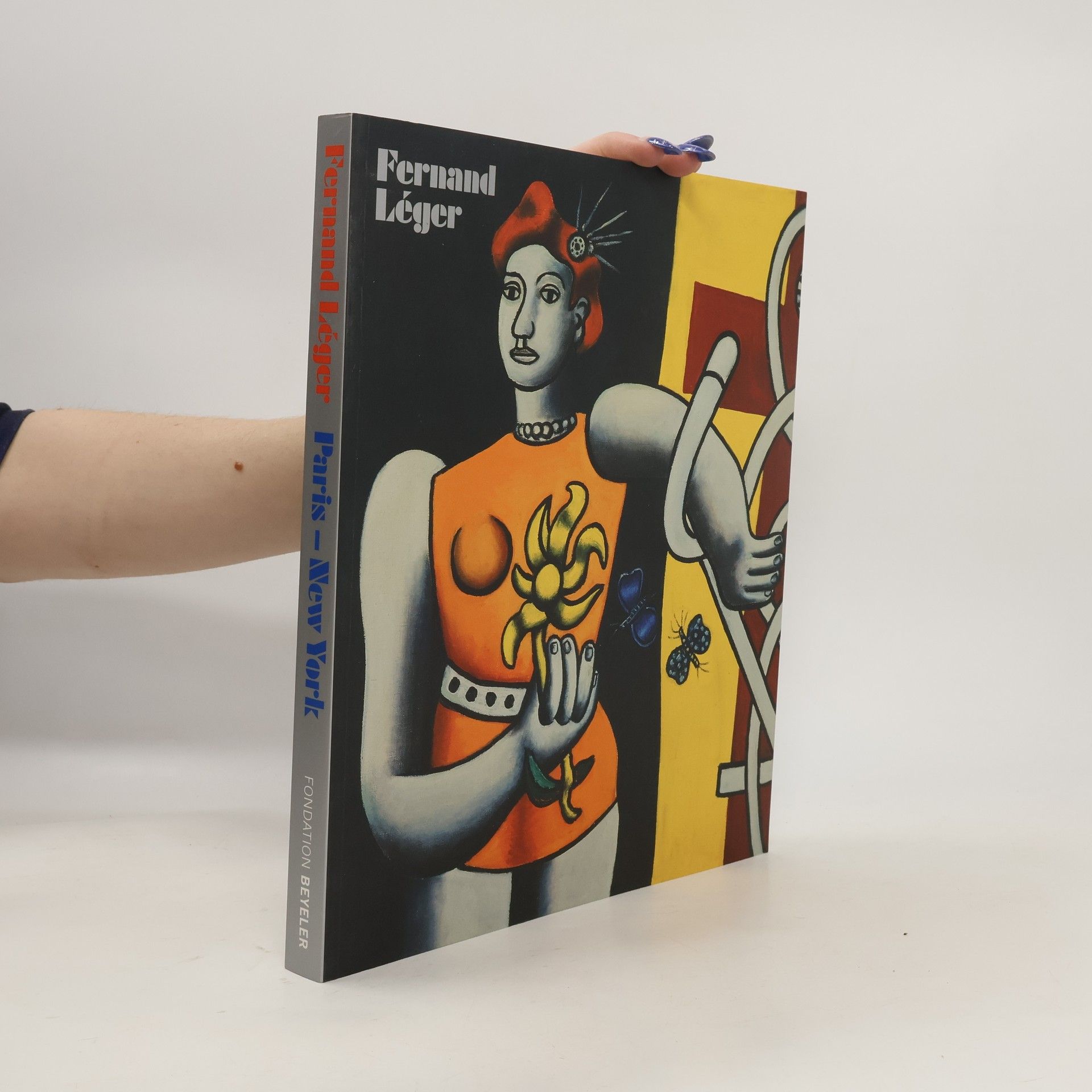
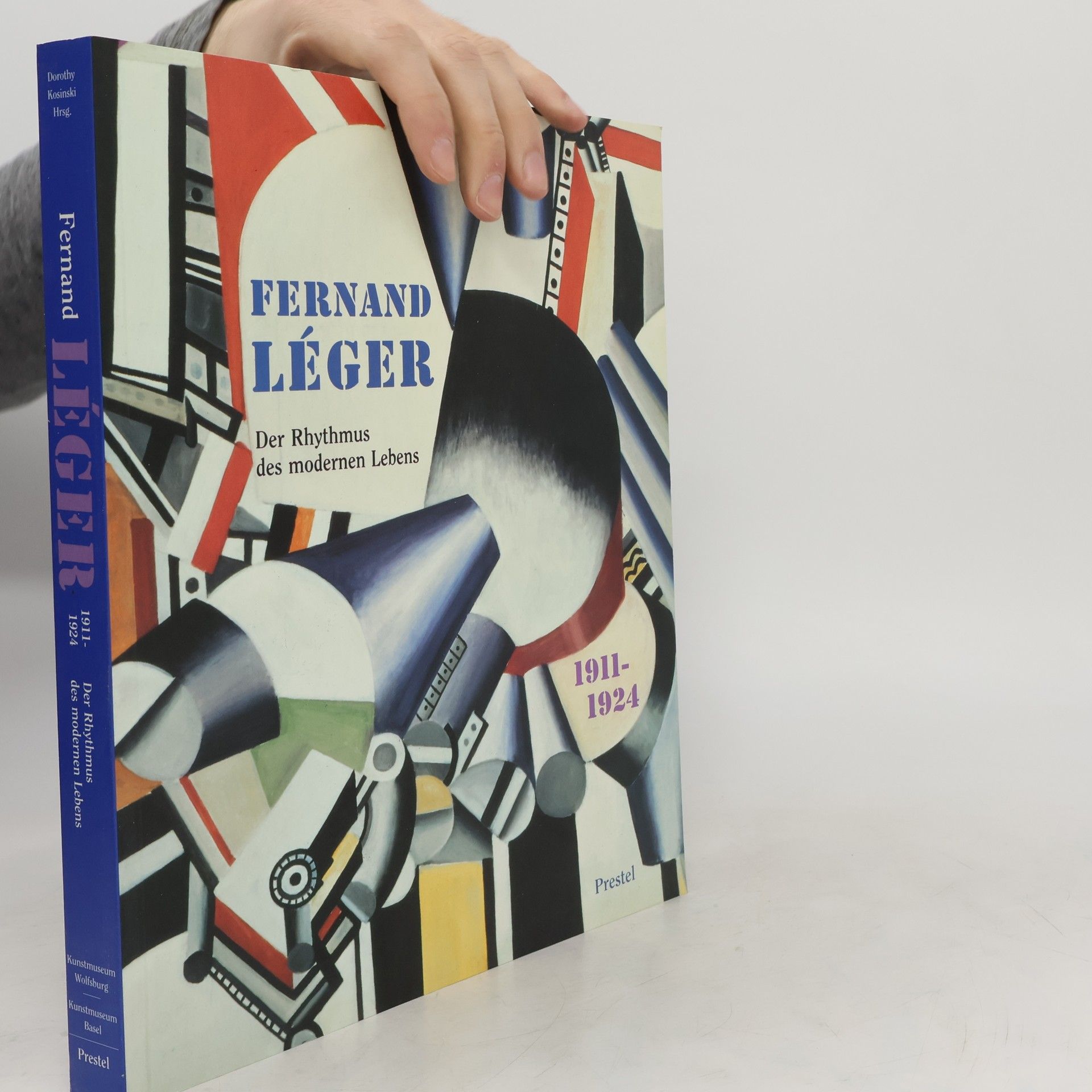
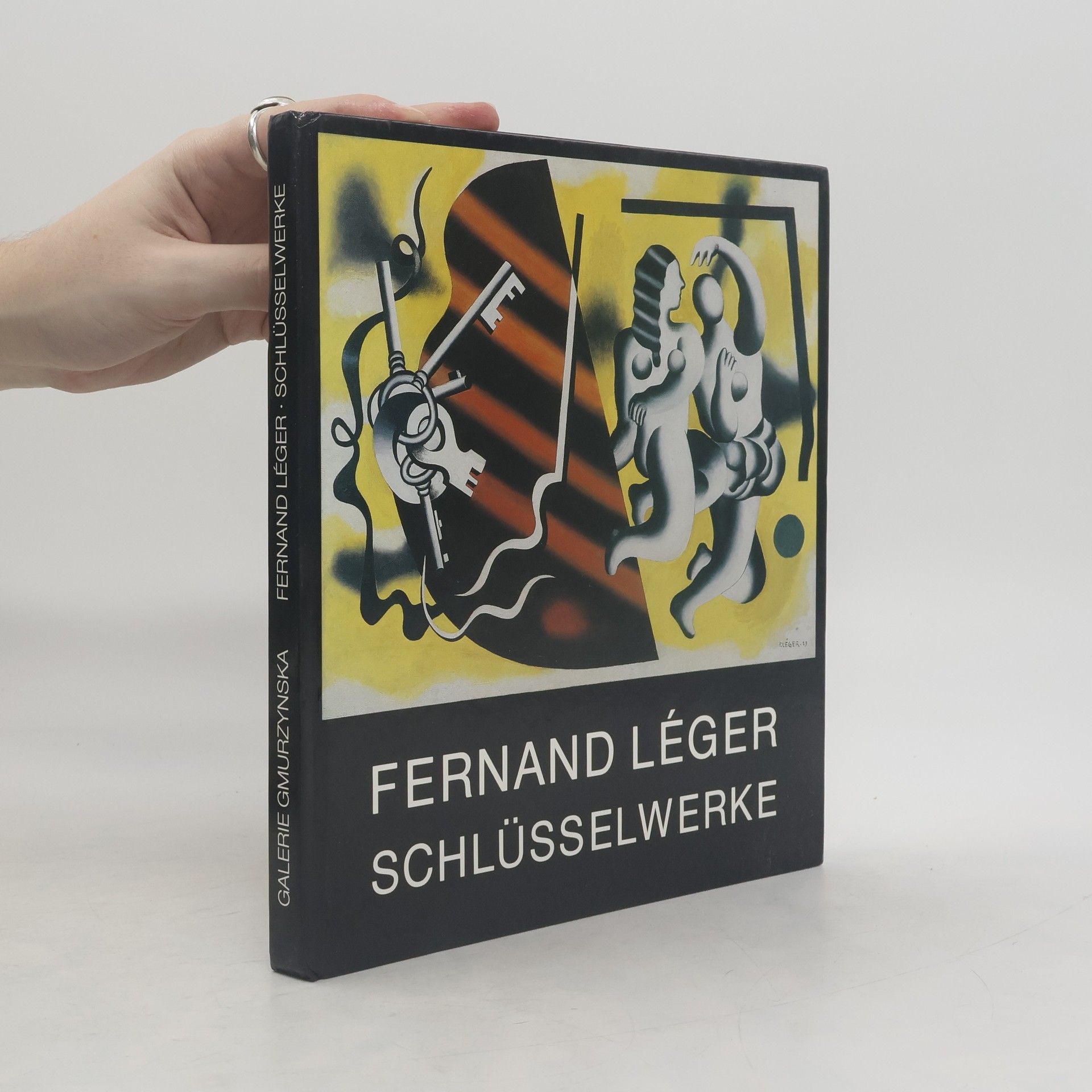
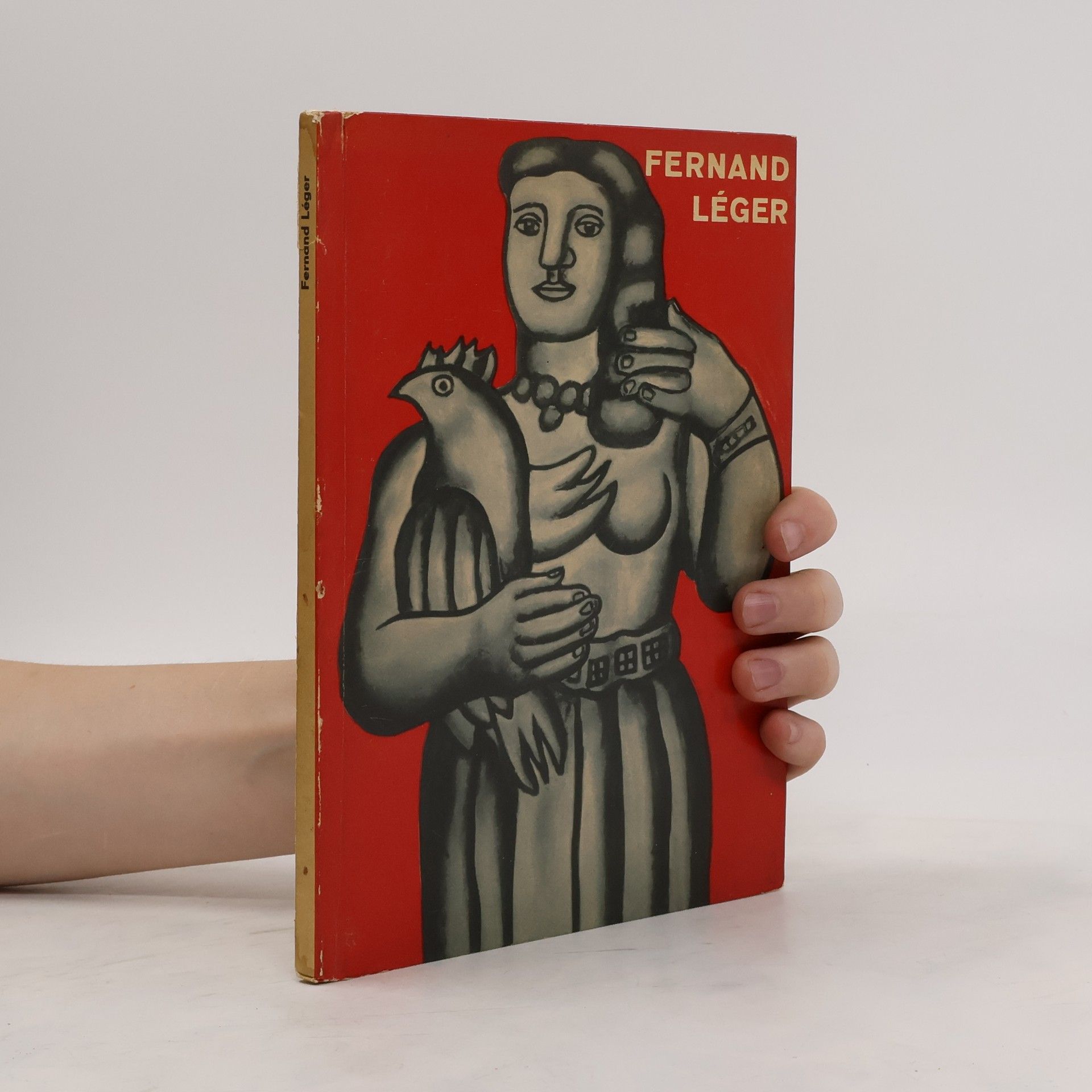
Fernand Léger. Grands Maitres. L'exposition du centre pompidou
- 98 Seiten
- 4 Lesestunden
Numéro spécial publié à l'occasion de l'exposition présentée au Centre Georges-Pompidou. Reproduction de 95 tableaux légendés et commentés. La biographie chronologique de Léger comprend des images de l'artiste dans son atelier ou avec des amis.
